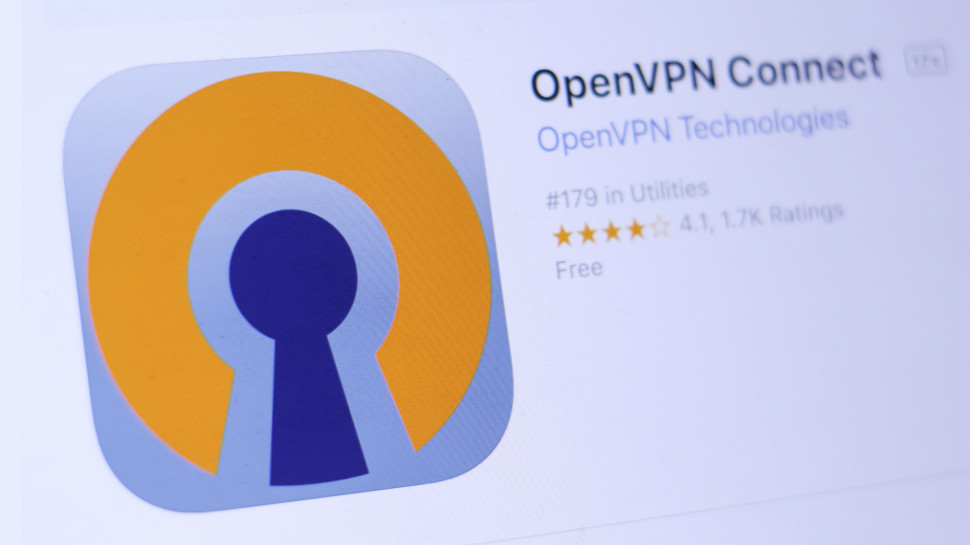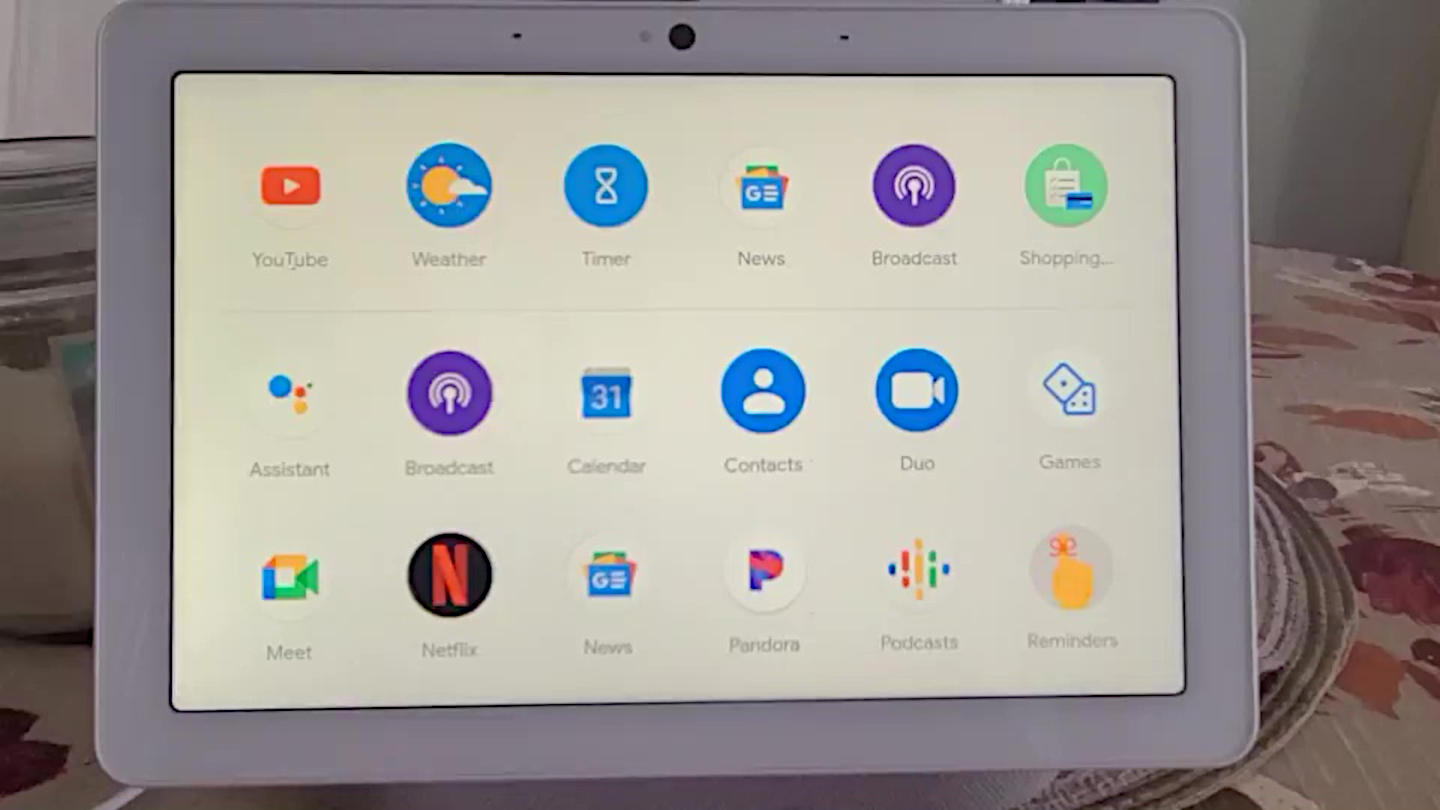Most VPN applications facilitate the use of the OpenVPN protocol. Choose it from a list of protocols on the Settings page and this is the application, the application automatically sets OpenVPN, each time you log in, and you do not have to worry about low-level technical details.
Except good, sometimes you could worry. You are already asked if a VPN really gives you 256-bit encryption, it’s announced, for example? The application may not tell you clearly, but if you can determine where to look, especially on desktop computers, there are other ways of knowledge.
Maybe you are looking for more details on the connection. What is the name or IP address of the server that your application is trying to reach? If the application does not give you choice of UDP or TCP connections, what does it use by default? Does the supplier really use its own DNS server or simply redirects you to a public service? It can take a few minutes of work on the detective with the task manager and other tools, but you may be able to discover.
And if an OpenVPN connection fails, understanding why is often a real challenge when application error messages can be deceptive. But the gunshots under the OpenVPN hood can often give you the answer and, in this article, we will explain exactly what you need to do.
How does OpenVPN connect?
When you press the Connect button on your VPN, it’s easy to assume that the application creates, slips and possibly closes the OpenVPN connection for you. But reality is a little different.
What really happens is that the VPN application examines the location you have chosen, your application settings and all that defines how the connection should work. Then, this usually saves these settings in a file and transmits them to a command line application of the OpenVPN official project. It is this application that defines the connection and manages all the low-level low tips.
You may be able to find this OpenVPN file in your VPN application folders. It is often called openvpn.exe and, for example, by default, the Windows ExpressVPN application has a copy in its C: \ Program Files (X86) file \ ExpressVPN \ ExpressVpnd \ Windows folder.
Some providers build a special version of the file or rename simply. NordVPN has OpenVPN-NordVpn.exe 32 and 64-bit files in its C: \ Program Files \ NordVPN \ [Version] \ Resources \ Binary Folders, for example, and Turbo VPN includes vpncore.exe in its C: \ Program files ( X86) \ turbovpn \ driver32 folder. If you are not sure, right-click the file, select Properties, Details, and you must see that it is the copyright “OpenVPN project” and called OpenVpn.exe.
Why does this intend? The VPN application transmits the parameters to OpenVPN using standard commands and, if you can find them, they will give you all the details about the connection and how it is set up.
OpenVPN: Under the hood
To learn more about OpenVPN connections on a PC, first create an OpenVPN connection at any location with your VPN application. Then launch the Task Manager (press Ctrl + Left Shift + ESC), click the Details tab and look for your OpenVPN process for your VPN. (Click More details If Task Manager displays its compact view.)
Now in the process columns until you find its command line. If you do not see it, right-click a column header, choose Select Columns and check the “Command Line” check box.
This is how the command line of our ExpressVPN application reported OpenVPN to its .ovpn configuration file, with the required settings:
“C: \ Program Files (X86) \ ExpressVPN \ ExpressVPND \ Windows \ OpenVPN.exe” –Config C: \ ProgramData \ ExpressVPN \ V4 \ config \ OVPN921089 \ config.ovpn
Here’s how NordVPN said OpenVPN on its OpenVPN-Configure file:
“C: \ Program Files \ NordVPN \ 6.38.15.0 \ Resources \ Binary \ 64bit \ OpenVPN-NordVpn.exe” –Config “C: \ ProgramData \ NordVPN \ Configs \ OpenVPN-Config”
If you can not see the command line in the Task Manager, click Search in the taskbar, type CMD, choose the Windows command processor and select Run as Administrator. Then paste the command: WMIC processing where “name as”% OpenVPn.exe% “” Get ProCuroidid, CommandLine in the command line (Replacement of OpenVPN.exe with the name of the OpenVPN application of your supplier) and press ENTER application .
If the command line includes a path to a parameter file, as we have seen above with ExpressVPN and NordVPN, you can open this in the notebook to see how your connection is configured. We will examine this then.
Sometimes the application transmits all your configuration details entirely on the command line, without using a file. It’s enough for very useful information.
You still do not find the OpenVPN application of your supplier or see the details of the command line? Some VPN applications transmit information to OpenVPN in a way that users can not see. Pity, but not the end of the story, and we will give you another option to try later.
Useful OpenVPN Settings
We assume that you have found your OpenVPN settings, in a file or on a command line. They are designed for developers, so do not be surprised if you have no idea what most of them want to say. But do not be off, either. Continue digitizing the list – some of them are truly useful.
If you are wondering what encryption your connection uses, for example, that you obtain the AES-256 announced, locate a “Cipher” command. Our ExpressVPN file included the ‘Cipher AES-256-CBC’ line, for example, which gives us AES-256 encryption using the content block chain – exactly what we were expecting.
Maybe you are curious about the name of the intellectual property or host of the VPN server and your application does not tell you? Find the ‘remote’ order. Our ExpressVPN file contained the remote control of line 85.203.34.86 4283 ‘, giving us the IP address of the VPN server and the connection port.
Some applications specify how the VPN connects at the end of the remote control, adding ‘UDP’ or ‘TCP.’
Does the application use a third party DNS server without telling you? No problem with ExpressVPN, it only uses its own DNS. Check your command settings such as ‘DHCP-OPTION DNS 1.1.1.1’, however, and run an IP address search to see which service the application attempts to use. (It could be his own DNS, but if he is really 1.1.1.1, it’s CloudFlare.)
If you are really interested and want to try to decipher everything, the OpenVPN official manual has more, however, you will need a lot of time and knowledge to know it.
OpenVPN Newspapers
Understanding the configuration of your OpenVPN connection may be interesting, but the actual value is delivered in the OpenVPN logs. You can not connect, for example? VPN applications might simply give you a general message “connection error” because they no longer know (they leave OpenVpn.exe to establish the connection), but the OpenVPN logs are often more useful.


![How to solve [pii_email_a47129a3ea9225706d64] error?](https://readitloudly.com/wp-content/uploads/2021/09/How-To-Fix-pii_email_11fe1b3b7ddac37a081f-Error-Code-In-Microsoft-Outlook-748x375-1.jpg)

